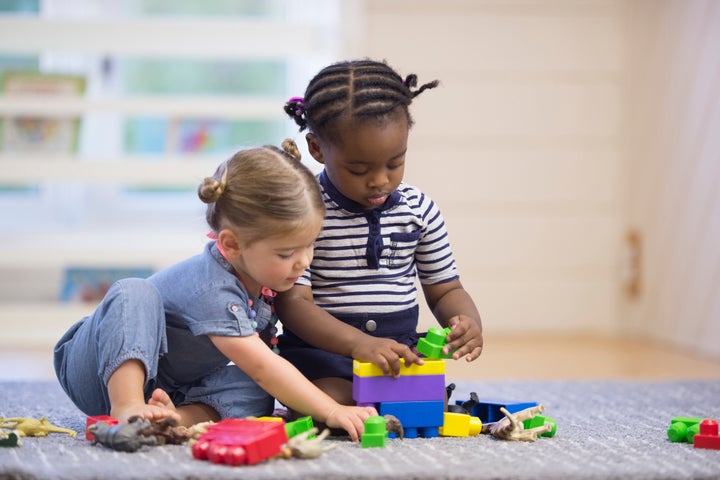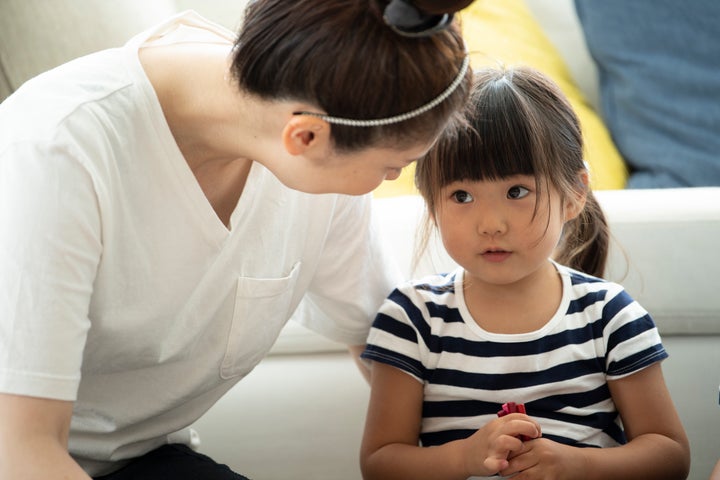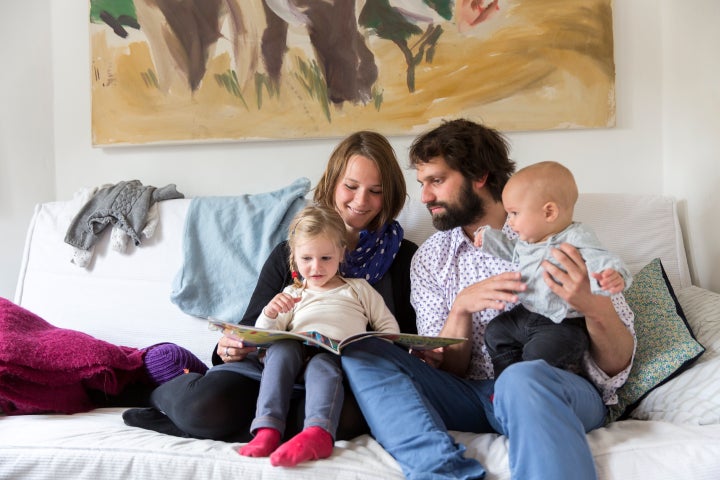
Having to explain racism and intolerance to a child isn’t a task anyone enjoys. It’s heartbreaking to shatter a little kid’s view of the world as a good and a safe place.
That kind of thinking might stop some parents from raising the topic. They might think children are colourblind innocents who won’t spot racial differences until the concept is explained to them.
But that’s not true at all, said Carl James, an education professor at York University who specializes in Black youth. In fact, children learn about race much earlier than we might think, which is why it’s important to start teaching them at a young age.
Research shows even babies can distinguish race
By the time babies are three months old, they can distinguish between races, and they prefer faces from their own ethnic group. As toddlers, that preference can start to put down roots in terms of how they understand people’s behaviour.
“Children are making sense of the world from the time they start looking around,” James told HuffPost Canada. “They try to understand what everything means, and so they give meaning to things... so, no time is too early.”
A lot of the toys made for kids between the ages of three and five involve grouping things by shape or colour. They start looking for patterns, solving puzzles, filling in the blanks. And that kind of thinking can easily extend to race, said Erin Winkler, a professor at the University of Wisconsin-Milwaukee who specializes in racial socialization.

“If children don’t get answers about, for example, why they see a disproportional number of white people in this neighbourhood and Black people in this neighbourhood, they might think, ‘There’s a rule no one’s talking about,’” Winkler explained to her university’s publication.
In other words, kids are picking up on the messages they’re seeing around them about racial difference and about what people in positions of authority look like, even if they don’t have an explanation as to why that is. And that can manifest in lots of different ways.
In the early 1990s, James conducted research at Toronto childcare centres. Toddlers were offered a white or a Black doll, and asked to pick their favourite. Nearly all of the children, including the Black children, chose the white doll. The findings were virtually identical to a similar test performed by psychologists in the 1940s.
“Antiracism never accidentally shows up,” Jennifer Harvey wrote in an essay for CNN about how white parents can raise anti-racist kids. “When we don’t break white silence with ongoing and explicit teaching about race and racism, and active and persistent modelling of antiracism, we end up raising the Amy Coopers of the next generation.”
Having the conversation
Talking about race isn’t optional for Black families in North America — it’s something that needs to happen, because Black children will undoubtedly face racism as they grow up.
“Black parents will tell you about how early they start having the conversation with their children,” James said.
But toddlers of all backgrounds should learn what racism is, how it works, and why it’s wrong, in age-appropriate ways. Here are some things parents can do.
Focus on fairness. Whether or not something is fair is a concept even young kids can understand, Winkler said. Is it fair that people are treated differently just because of the colour of their skin? Kids will understand that no, it’s not.
Explain why violence and hatred are wrong. “You’d say something like, ‘The person doing this must be very angry,’” David Schonfeld, a doctor and professor of pediatrics at the University of Southern California, told Parents. “‘But we use our words to solve problems.’”

Keep them from getting discouraged by pointing out the helpers. If there are people in your community fighting for equality, it’s a great idea to highlight their work.
“It is important to balance acknowledging the reality of racism, or unfairness, with messages about the possibility of change, and the community of allies who are working together to make things better,” psychologist Beverly Daniel Tatum, author of Why Are All The Black Kids Sitting Together in the Cafeteria? And Other Conversations About Race told USA Today.
Acknowledge their feelings. The reality of racism will be scary for a lot of kids. You can affirm that fear, and express that you have it too, while highlighting the helpers, Tatum said.
What else to do
Make sure Black people are celebrated in your household. Kids who engage with books, movies, or stories with Black protagonists are more likely to see people of colour in a favourable light, which can help fight systemic racism.
Don’t just have the conversations in a time of crisis. Anti-Black racism is top of mind for everyone right now, given the deaths of George Floyd and Regis Korchinski-Paquet, and the police violence aimed at protesters across the U.S. But James wanted to make clear that racism is present and insidious even when there hasn’t been a public case of police brutality. It’s something we should be thinking about and talking to our kids about all the time, he said.
Talk about history. If your child is old enough, talk to them about the history of North American racism, James said. Teach them about civil rights heroes and all the people who made sacrifices in the name of liberation.
Talk about Canada. Be sure to focus your conversation on what’s happened — and is happening — in Canada. “There’s a tendency for us to think that some of these things only happen in the U.S.,” James said. “Think about the history of Canada and its relationship to Black people, Indigenous people, and how these groups have been treated.”
“If I’m raising my child, and I’ve never had the child understand the place of Indigenous people in the Canadian context, then I would have failed to help the child understand what it means to be a Canadian.”
Also on HuffPost: